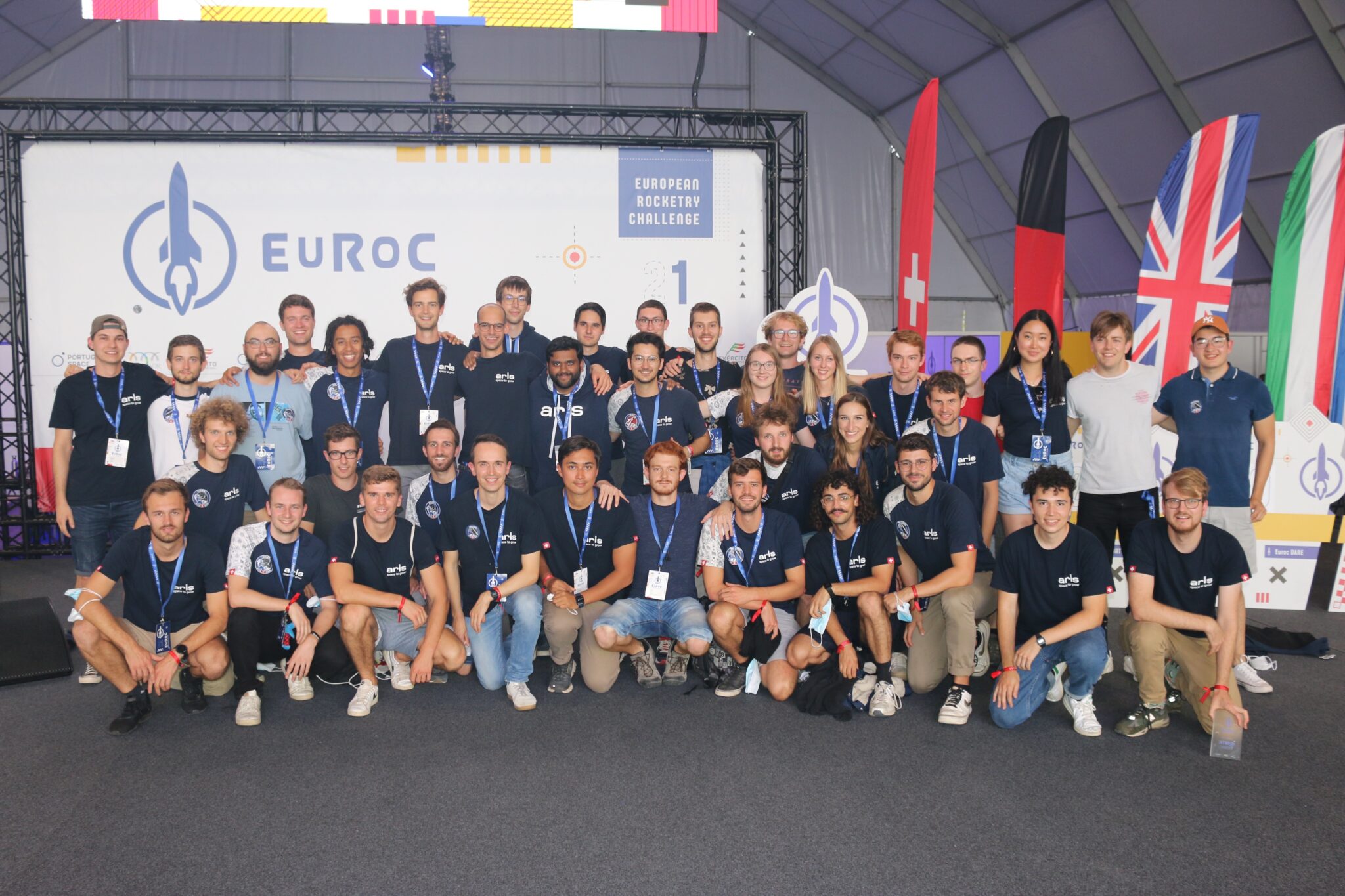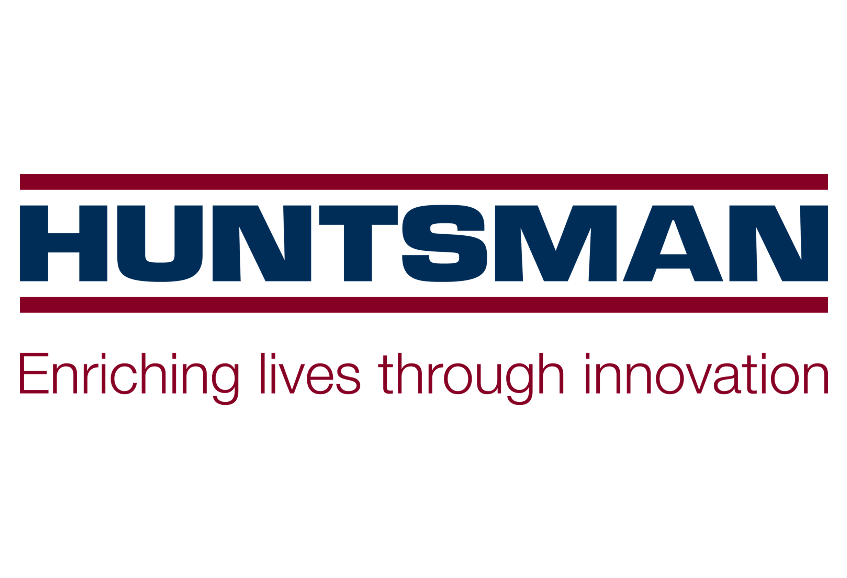Statistics

Project explanation
ARIS’ first hybrid-propellant rocket is designed and built on the heritage of previous projects to take part in the highest category of the 2021 Spaceport America Cup and the 2021 European Rocketry Challenge. Our project is named after the Swiss explorer, inventor and physicist Auguste Piccard. He studied at ETH Zürich – formerly known as the Polytechnic Institute – and went for the sky, just like we are aiming to do.
Project Objectives
- Payload: With our rocket we want to carry a 4 kilogram payload – in form of a machine made for scientific purpose – to 30’000 feet.
- Recovery: We want to recover all parts safely in order to reuse them and therefore making space exploration more ecological and economical.
- Engine: We want to integrate a hybrid-propellant engine which is developed by ARIS’ propulsion specialist team DAEDALUS.
Competitions
After the team’s participation at the Spaceport America Cup (SAC) in June 2021 (which took place virtually due to the COVID-19 pandemic) the European Rocketry Challenge (EuRoC) 2021 gave us the opportunity to fly our rocket. The flight was the first of a hybrid-propellant rocket by ARIS. The data and insight gathered represent a huge leap forward for future hybrid-propellant rockets.

Awards
Winner 9k Hybrid Category
The scale and sophistication of the PICCARD rocket is testament to the dedication and engineering skill of our team. We are delighted to have won the highest hybrid-propellant category of EuRoC 2021.
Highest flight for a Swiss Student SRAD Hybrid Rocket
PICCARD reached an apogee of 6’400m, the highest altitude a Swiss student designed and built (SRAD) hybrid rocket has ever flown to. Relive the flight under following link on YouTube
Impressions
Meet the team

We are PICCARD 2021
The structures team of PICCARD is responsible for building the airframe as well as integrating the various subsystems from all the other teams into the rocket. This challenge is achieved by developing parts, mechanisms and processes in CAD, validating them with FEA and experimental tests. Finally, the structures subteam is handling the manufacturing of composite parts. Everything that is visible from the outside of the rocket as well as mechanical parts on the inside, are designed and built by this team.
Academic Partners








Main Sponsors


Gold Sponsors


Silver Sponsors























Bronze Sponsors



















































Social Contact